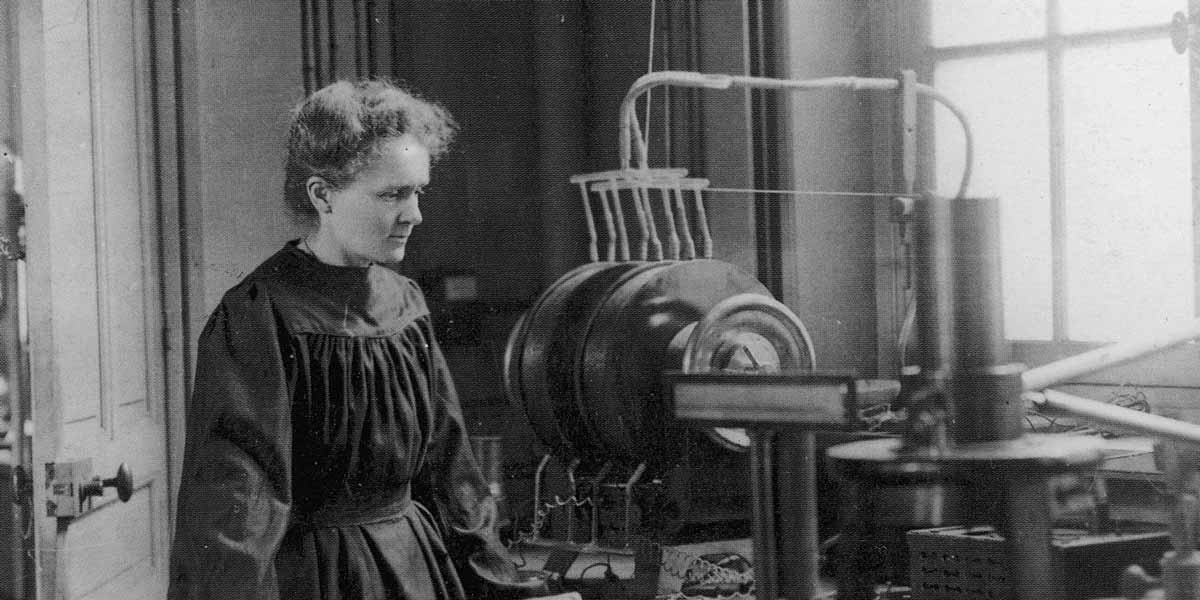What is radon gas? Is it unsafe?
Is radon really bad for you?
Breathing radon over time increases your risk of lung cancer. Radon is the second leading cause of lung cancer in the United States. Nationally, the EPA estimates that about 21,000 people die each year from radon-related lung cancer. Only smoking causes more lung cancer deaths.
You'll face really reduced enhanced threat of creating lung cancer cells due to radon if you can keep your interior radon levels at 2 pCi/L or lower. Just two non-smokers out of 1,000 will create lung cancer particularly due to the direct exposure when you reach the 1.3 pCi/L level that is regular for indoor air.
Chronic exposure to radon gas enhances the risk of establishing lung cancer. In the USA, an estimated 21,000 people die from radon-related lung cancer cells each year (compared to 160,000 lung cancer deaths from smoking cigarettes), according to the EPA. Radon is the 2nd leading source of lung cancer, and also it's the leading reason for lung cancer in nonsmokers, according to the company.
Is radon mitigation really necessary?
When radon gas enters the body, it exposes the lungs to small amounts of radiation. In small quantities, experts say this is harmless. However, in persistent exposures or larger quantities, radon can damage Go to this site the cells of the lining of the lungs, increasing a person's chance of developing lung cancer.
At the time of our paperwork (January 2011), Maryland was the only state without any sort of radon control program. On top of that, 3 various other states had programs that was composed only of web-based info regarding radon or maps of radon levels in the state.
- Radon gas is a naturally-occurring result of the http://www.pearltrees.com/ambury2z7c#item314615763 contaminated degeneration of Uranium in the soil.
- Relying on your geographical area, the radon degrees of the air you take a breath outside of your house might be as high as 0.75 pCi/L.
- The national standard of outside radon levels is 0.4 pCi/L and also it is approximated by the National Academy of Sciences that outdoor radon levels create approximately 800 of the 21,000 radon generated lung cancer deaths in the United States yearly.
- The United States EPA has placed it simply, mentioning, "Any radon exposure has some danger of triggering lung cancer.
If you avoid smoking cigarettes and other dangerous habits but still breathe in excessive radon while at home or work, you can become one of the 20,000 or even more situations of lung cancer attributed to the gas each year. Home owners aware of what is a radon test understand they should check a minimum of once every two years to prevent these issues. Irritated by its failing to awaken issue, the firm has buttressed its position by neglecting those research studies which stop working to support its sight. Of these one of the most crucial well may be a Finnish research study reported in July 1996 in the Journal of the National Cancer cells Institute which evaluated the impact of interior radon exposure on lung cancer cells.
You angle know whether your residence has undesirable levels of the gas unless you have actually the air checked since you angle smell or see radon. Nevertheless, if tests show that radon is placing you and your household at risk, you can take some easy steps to clarify.
How long does it take for radon to cause cancer?


Fact: You will reduce your risk of lung cancer when you reduce radon levels, even if you've lived with an elevated radon level for a long time. Keep in mind that radon levels below 4 pCi/L still pose some risk and that radon levels can be reduced to 2 pCi/L or below in most homes.